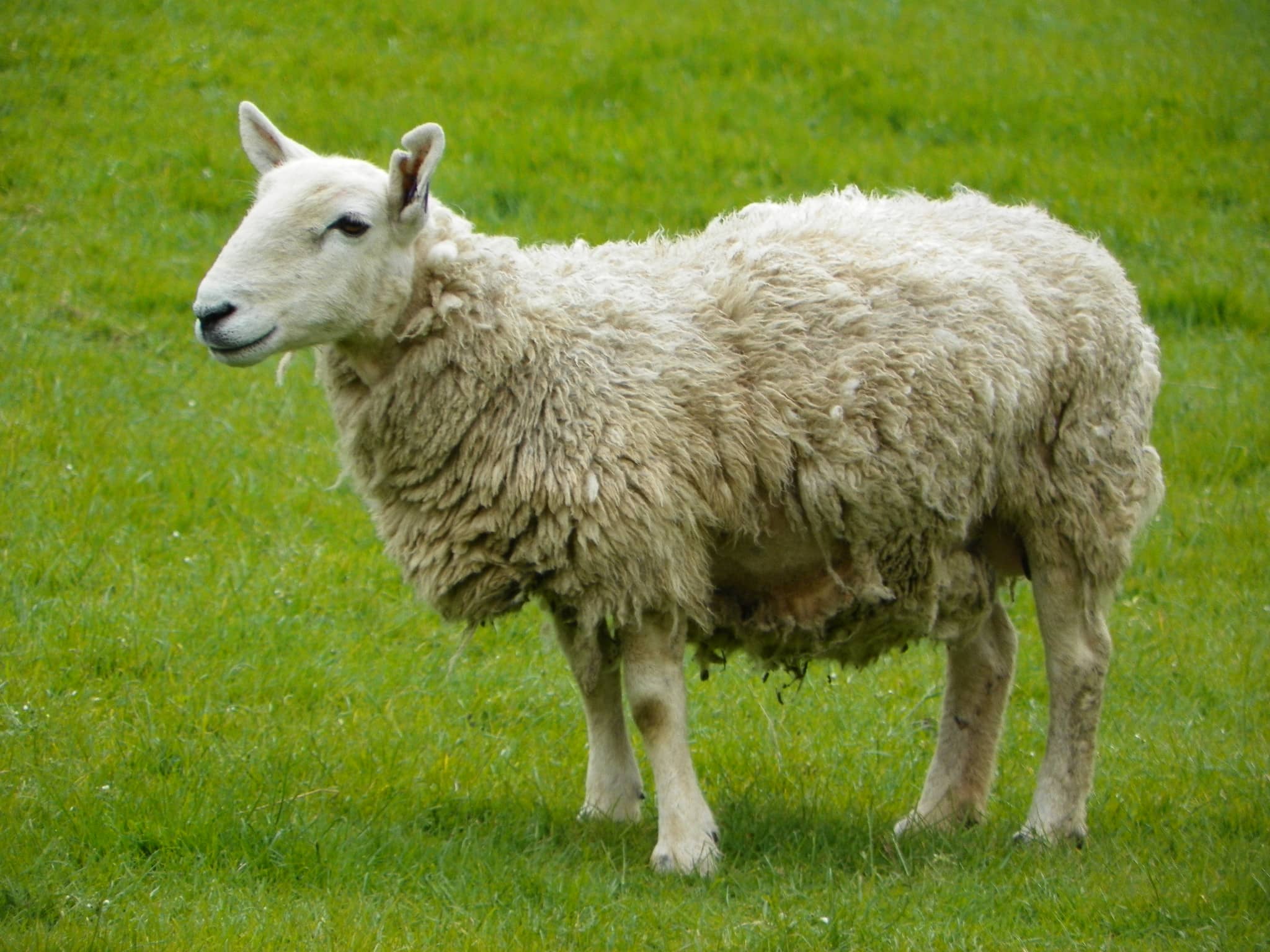

A German brand has unveiled what it claims is the first clothing collection made from gay sheep wool. According to the company’s website, around 1 in 12 sheep is gay. The site also explains that gay rams are typically sent to the slaughterhouse because they cannot fulfill their breeding role.
Rainbow Wool has intervened by purchasing these rams before they are slaughtered, creating what they call the “World’s First Gay Flock of Sheep.”
The gay sheep live on Rainbow Wool’s farm, and their wool is used to produce various clothing items, including wool patches, caps, laces, and threads.
On its website, the German brand also offers customers the opportunity to adopt a gay sheep. At the time of writing, 21 gay sheep are still waiting to be adopted through a one-time donation. Some of the most eye-catching sheep up for adoption include ones named “Marvin Gay,” “Madonna,” and “Prince Wolliam.”
Most sales and donations on the website go to LSVD+, an organization that “supports queer projects worldwide.” However, Rainbow Wool emphasizes that its initiative is not a case of “rainbow washing”—a term coined within the LGBTQ community to criticize brands that use rainbow or queer imagery merely to boost sales.
As the brand explains on its website: “From the beginning, it was most important to us that Rainbow Wool cannot be instrumentalized to engage in rainbow washing. We are meticulous about ensuring that neither Rainbow Wool nor the partners involved are seeking profiling or image enhancement, but solely advancing the mission of the project.”
According to scientific studies, 1 in 12 sheep is gay. Close to 8% of domestic rams show exclusively homosexual behavior, preferring to engage in intercourse with other rams. Studies have also found that close to 18-22% of rams have displayed bisexual behavior.
Scientists have also found gay behavior in more than 1,500 animal species. This behavior includes acts like courtship, affection, pair bonding, and sexual activities between same sex animals.
Moreover, in species like bonobos and dolphins, same-sex interactions play a vital role in social bonding and conflict resolution.
Interestingly, research led by Charles Roselli at Oregon Health & Science University has identified anatomical differences in the brains of male-oriented rams compared to their female-oriented counterparts.
Specifically, a region in the hypothalamus known as the ovine Sexually Dimorphic Nucleus (oSDN) is significantly smaller in male-oriented rams. The size of the oSDN is established prenatally, suggesting that sexual partner preference may be influenced by hormonal exposure during fetal development.
